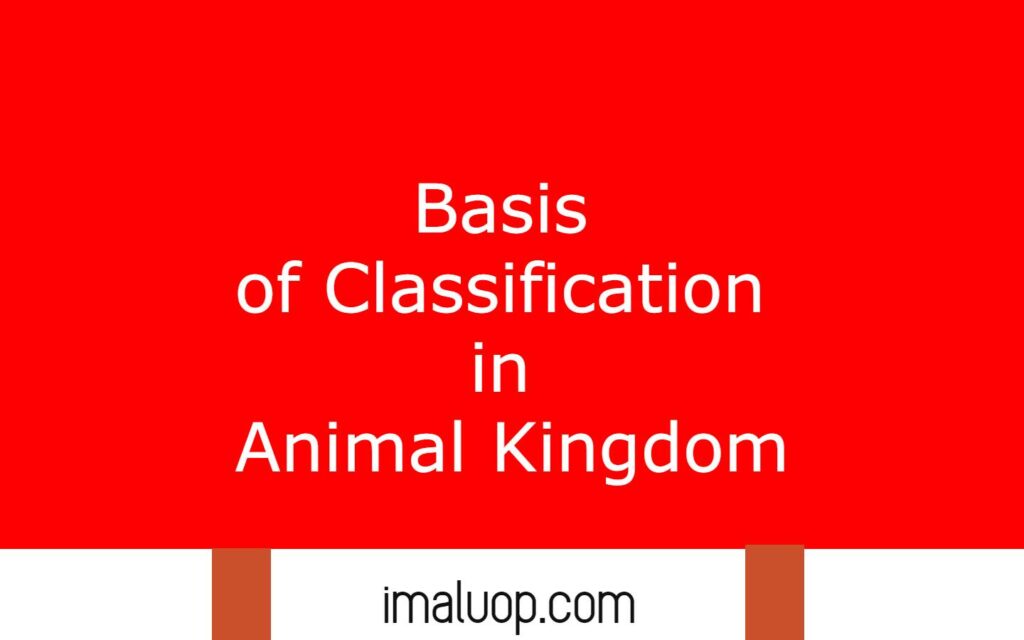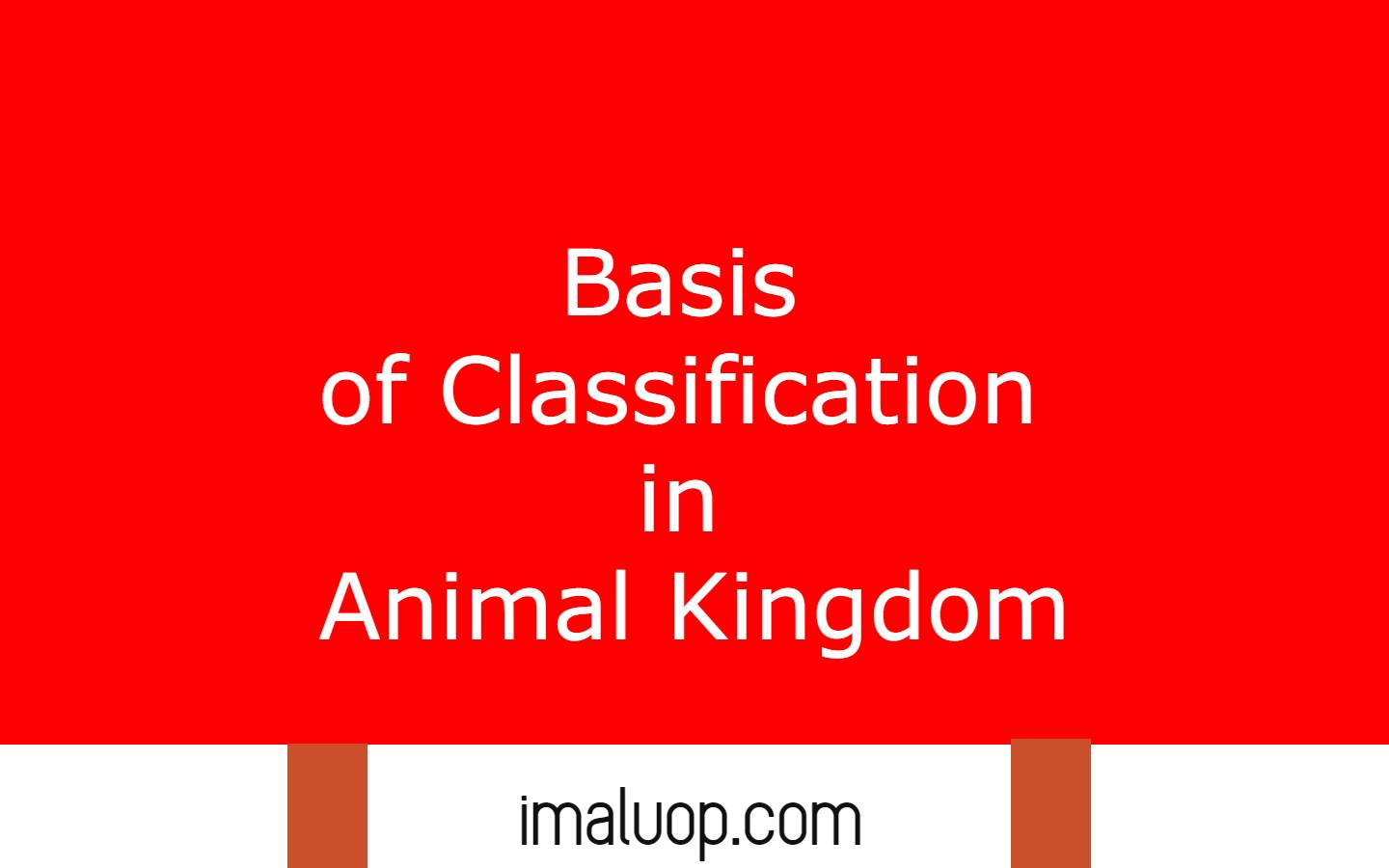Hi, we are now going to discuss different parameters and basis of classification in animal kingdom which are used to separate dissimilar animals into separate groups and place animals with similar properties into a common group.
There is no doubt that our nature shows great variety in their characters but if we notice carefully we will find that there are some characters which come close as in a single group for their common characters.
Scientists always try to find similarities and dissimilarities between different animals and categorise them into different groups to study them in a systematic approach.
Traditionally animals were categorised depending upon their position in evolutionary pathway and their morphological characteristics but in modern science classification done on the basis of other detailed study.
Table of Contents
Basis of Classification in Animal Kingdom:
Whittaker proposed his five kingdom classification in which all the animals were divided into five main kingdoms – kingdom monera, kingdom protozoa, kingdom fungi, kingdom plantae and kingdom animalia among of these five major kingdom animal kingdom is largest.
Animals are multicellular eukaryotic organisms and they are unable to produce their own food so they are all heterotrophic mode of nutrition because they do not have any mechanism for producing their own food like plants.
Depending upon various features like level of organisation, body symmetry, presence or absence of true body cavity or coelom, notochord they are divided into different categories or phyla.
Level of Organisation:
In the animal kingdom some animals have multiple cells but they are not organised in any groups as in the case of phylum porifera the animal body is made of multiple cells but the cells work individually they do not form any association and this type of organisation is called cellular level of organisation.
In some animals all the body cells form different groups in which all cells of a group are specialised for a specific function. As in the case of coelenterata level of organisation is tissue level which means that their cells group into various tissues and each tissue performs a specific type of work so division of labour is clear in coelenterata.
As we move to other phyla of the animal kingdom like platyhelminthes and Aschelminthes have organ level of organisation where different tissues join to form different organs which perform different types of function.
Other phyla of animal kingdom like annelida, arthropoda, echinodermata, mollusca and Chordata show more advanced type level of organisation than others phyla of animal kingdom because they show organ systems level of organisation.
In the organ system level of organisation different organs perform a function together in the form of organ systems like digestive system, nervous system, respiratory system.
Body Symmetry:
Different types of symmetry also work as a differentiating character for classification of animals.
Radial Symmetry:
The radial symmetry body of an animal can be divided into two identical parts with the help of any imaginary line due to equal distribution of different organs and tissue in the whole body as in the case of echinodermata, coelenterata, Ctenophora.
Bilateral Symmetry:
In bilateral symmetry the body of an animal can be divided into two equal halves with the help of only one body plane because their body organs are not distributed equally throughout the body as seen in the case of mollusca, arthropoda and annelida.
Asymmetrical Body:
Some animals do not show any symmetry due to their special body shape as in the case of porifera they do not follow any regular shape in most of the cases.
Number of Germ Layer:
Animals are also divided into various phyla depending upon the number of germ layers from which different tissues and organs develop during embryonic development, animals are diploblastic or triploblastic.
Diploblastic:
Some animals only show two germ layers during this embryonic development from which different body organs and tissues develop, for example in the case of coelenterata in which the outer germ layer is ectoderm and inner germ layer is endoderm.
Triploblastic Animal:
In triploblastic animal the germ layer are three outermost layer ectoderm, innermost germ layer endoderm and middle mesoderm germ layer from which different body organs and tissues are developed for example animals of phylum chordata have three germ layer during their embryonic development.
Presence And Absence of Coelom:
True body cavity or coelom is not present in all animals, member of Annelida, Mollusca, Arthropoda, Echinodermata, Hemichordata and Chordata have true coelom or body cavity so they are known as coelomate animals.
Some animals do not have coelom like member of Phylum platyhelminthes do not have coelomate so they are known as acoelomate while some are known as pseudocoelomate because they have coelom like structure but it is not actual coelom as seen in Aschelminthes.

Notochord:
It is a special structure which is used to differentiate phylum chordata from other animal phyla in some animals they present throughout the life in some animals they persist only at a stage of their life cycle while in some animals the notochord is replaced by vertebral column.
Reference: Basis of Classification in Animal Kingdom
Read More: Classification of Animal Kingdom
Hi Everyone!!! Welcome to Imaluop. Imaluop always try to learn some new and he want to share to other people. Here we will try to learn various topics on Science, specially on Biological Sciences.
